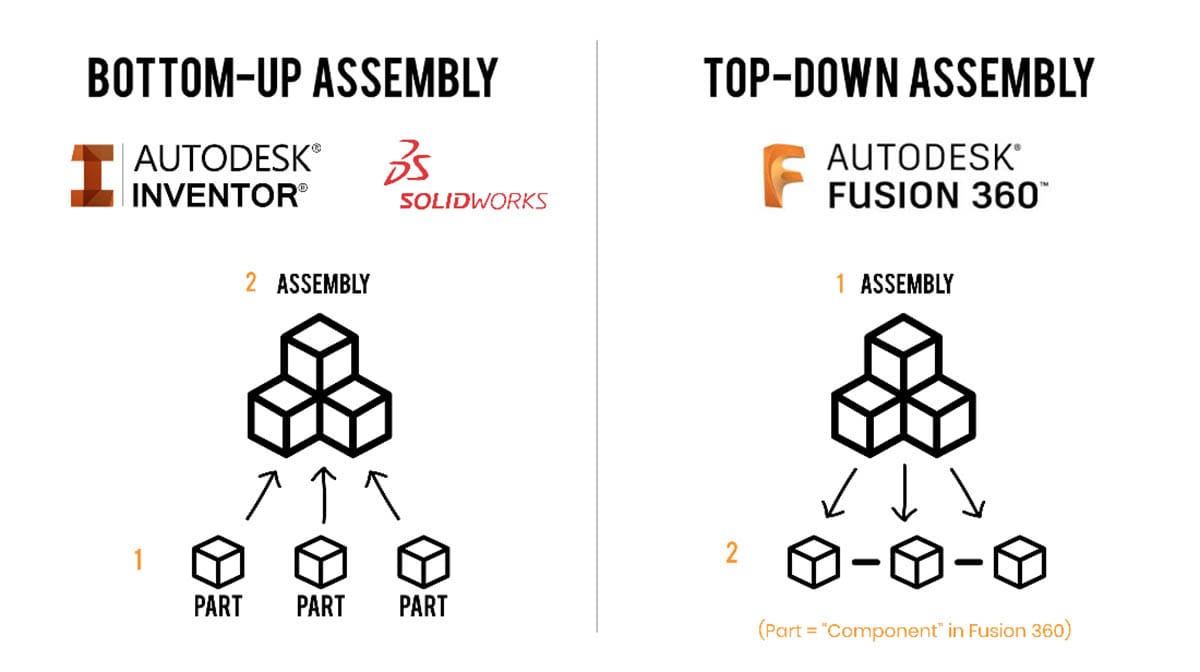Top-down and bottom-up design is an approach used in computer design and development. This approach centers on breaking down a project into smaller more manageable chunks. The top-down approach begins with the larger elements and works its way down to the smaller, while the bottom-up approach does the opposite.
The top-down approach is often used for software design. It is used to get an overall understanding of the project before diving further into breaking down the detailed elements. This approach starts out by coming up with a higher level design that includes components of the system and how they interact with each other. Then it breaks those components into lower level designs. The advantage of this approach is that once the high-level design is figured out, further development becomes easier as the complex details have already been figured out.
The bottom-up approach is used for hardware design and implementation. This approach starts at the lowest level of development and works its way up, understanding the detailed elements first before moving up to the higher levels. This allows for the designer to have a better understanding of the detailed parts and how they fit into the larger system. The disadvantage of this approach is that it makes the design process more complex.
Both top-down and bottom-up design approaches are important for any computer project. The top-down approach is great for designing software systems while the bottom-up approach is ideal for hardware and implementation. By utilizing both approaches, you can create a well-rounded and comprehensive system.





